Next-generation spacesuits on drawing board for NASA moon mission

A space suit or spacesuit is a garment worn to keep a human alive in the harsh environment of outer space, vacuum and temperature extremes. Space suits are often worn inside spacecraft as a safety precaution in case of loss of cabin pressure, and are necessary for extravehicular activity ( EVA ), work done outside spacecraft. Space suits have been worn for such work in Earth orbit, on the surface of the Moon, and en route back to Earth from the Moon. Modern space suits augment the basic pressure garment with a complex system of equipment and environmental systems designed to keep the wearer comfortable, and to minimize the effort required to bend the limbs, resisting a soft pressure garment’s natural tendency to stiffen against the vacuum. A self-contained oxygen supply and environmental control system is frequently employed to allow complete freedom of movement, independent of the spacecraft.

The SpaceX Crew Dragon spacecraft undergoes final processing at Cape Canaveral Air Force Station, Florida, in preparation for the Demo-2 launch.
Nicole Mann, spacecraft commander of NASA’s SpaceX Crew Dragon Endeavor[1], just arrived at the International Space Station last week wearing a spacesuit designed decades ago for male test pilots.
The suit, originally developed for Space Shuttle missions that started in 1981, has been upgraded through the years, but has far outlasted its original 15-year design.
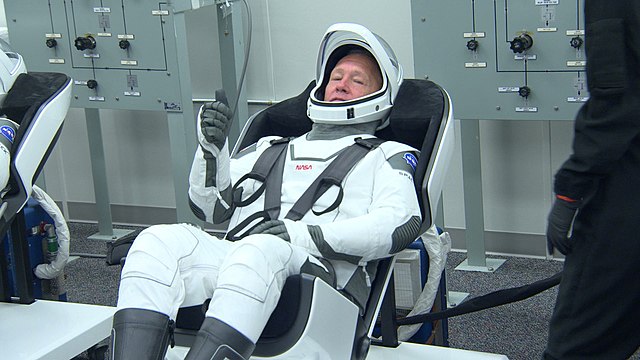
SpaceX IVA suit
All that will change when astronauts aboard Artemis III sport the next generation of spacesuits. The mission planned for late 2025 is to feature the first lunar walk more than 50 years.
NASA recently awarded Axiom Space[2] of Houston, an emerging player in the private space industry, a $228.5 million contract to design the new suits. The space agency provided the technical and safety requirements for Axiom to design, develop and produce the next-generation protective gear.
NASA says the public-private collaboration will boost innovation and cut costs.
“NASA and the American taxpayers benefit from the agency working with commercial companies,” said Rebecca Wickes, a space agency public affairs officer.
The new suits will be lighter, safer and designed to fit every body type, according to Jesse Buffington, manager of the extravehicular activity development project office at NASA’s Johnson Space Center in Houston.
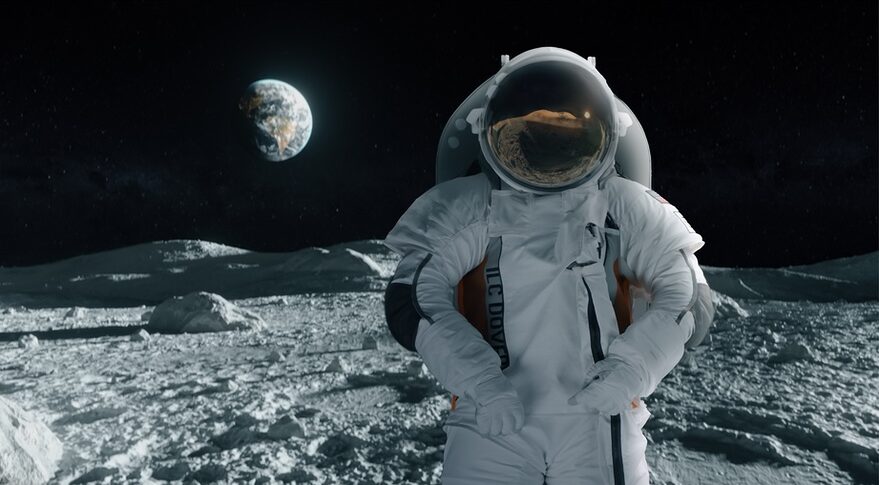
A lunar spacesuit being developed by a team led by Collins Aerospace, which, along with Axiom Space, won NASA contracts to develop and provide spacesuits for Artemis missions and the ISS.
Apollo astronauts had to hop on the moon, not because of a gravity issue, but because their spacesuits were so stiff and cumbersome, scientists said. The new suits are to be leaner, less bulky and more flexible than the 280-pound ones in use today.
“The first-generation suits were built to fulfill a lot of different jobs, like a Swiss Army knife,” said Buffington, who added that several suit options will be available depending on the tasks.
“The astronauts walked into the spacecraft in the same suit that they worked on complicated jobs.” she said, noting that wasn’t the most efficient way to proceed.
New technology will supply longer battery power for spacewalks of up to eight hours. The original spacesuits lasted 30 minutes to one hour on a spacewalk. Astronauts currently wear the suits for up to 6 1/2 hours, but will see that increase in the next generation of space gear.
The new spacesuits will bring many other advantages, NASA said.
The self-donning suits will allow astronauts to finally dress themselves. New fabrics will make the suits easier to assemble.
The inner layers will offer breathable fabrics for a tighter fit, while the outer layers will control extreme fluctuations in temperatures that range from 250 degrees to minus 250 degrees. The in-between layers will serve as buffers like an oven mitt to balance the two extremes, Buffington said.
Spacesuits originally were designed to fit the first astronauts, who were all male test pilots. Now, NASA is focusing on making the fit more inclusive and comfortable for women, who are generally smaller and proportioned differently than men.
The problem, though talked about quietly before, became blatantly evident in 2019 when astronaut Anne McClain canceled going on the first all-female spacewalk outside the International Space Station because her spacesuit was too large.
That sparked criticism that NASA wasn’t adapting for women to excel in its program, which has been dominated by men since the first astronaut class of 1959.
Better fit is good news for all space travelers, said astronaut Randy Bresnik, who has logged 151 days in space and now serves as the assistant to the chief of the Astronaut Office for Exploration.
Bresnik is smaller in stature and said he had to wear pads around his waist, knees and crotch so his body wouldn’t flop around in his spacesuit.
He’s said he’s excited about getting better data collection through built-in cameras and video in the high-tech suits that will allow the public to tag along on the moonwalk journey.
Cameras are currently located on helmets. Prototype designs also call for digital displays, which will aid navigation and replace a paper checklist of procedures that astronauts wear on their wrists.
A major improvement will be increased mobility.
Bresnik pointed to the late astronaut John Young’s difficulty in getting up after a mishap on the moon during his Apollo 16 mission. His suit did not allow him to bend at the waist, and he tried several times to stand after falling face first on the lunar surface.
The new suits, however, are to allow the astronauts to lie on their backs, roll over on their side and stand, reducing risk and improving safety.
Fluctuations in pressure, lost data and water in the spacesuit leaking into the helmet are among the spacesuit glitches astronauts experienced over the years. The new generation, engineers hope, will alleviate those concerns and many more.
NASA originally planned to produce the new spacesuits, and the agency spent 14 years and $420 million on development before contracting with private industry, according to a 2021 report by the NASA Office of Inspector General.
The IG blamed delays on the coronavirus pandemic, technical issues and lack of congressional funding.
In June, NASA announced contracts for design and production with two companies, Axiom Space and Collins Aerospace of Charlotte, N.C.
The Axiom contract was the first task awarded in September. The vendors will compete for $3.5 billion worth of contracts through 2034. Future task orders will include spacesuits for the planned mission to Mars.
NASA is relying on a growing private space industry to expand their vision of space exploration. The Houston-based Axiom Space chartered the first private trip to the International Space Station and is working to build the first commercial space station.
Under the contract, Axiom will own the news spacesuits and can explore other commercial applications, while NASA has the right to use the data and technologies for future space exploration. The suits will be certified in vacuum chambers and buoyancy labs before being used on their first spacewalk.
Axiom is tight-lipped about details of the suit while its engineers strategize on design elements.
The modernized spacesuits will evolve over time to allow rapid upgrades and safer technologies, Michael Suffredini, president & CEO of Axiom Space, said in a company press release.
“We are excited to provide our expertise to meet NASA’s exploration needs, while simultaneously serving our commercial customers,” Suffredini said.

NASA document Artemis III Mission profile 2025
NASA is targeting completion of the new suits for 2024-2025 to align with the Artemis III launch. That mission is intended to land the first woman and the first person of color on the moon and pave the way for future missions to Mars.
References:
[1]Crew Dragon Endeavour – Wikipedia
[3]NASA selects Axiom Space and Collins Aerospace for spacesuit contracts – SpaceNews
[4]NASA Partners with Industry for New Spacewalking, Moonwalking Services | NASA

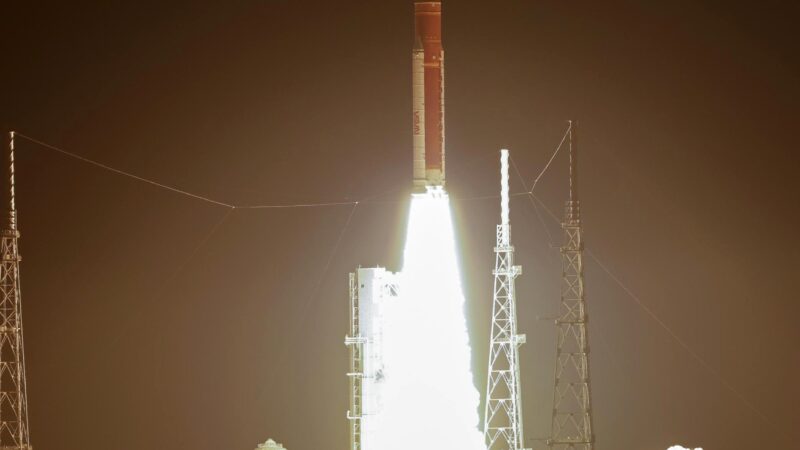

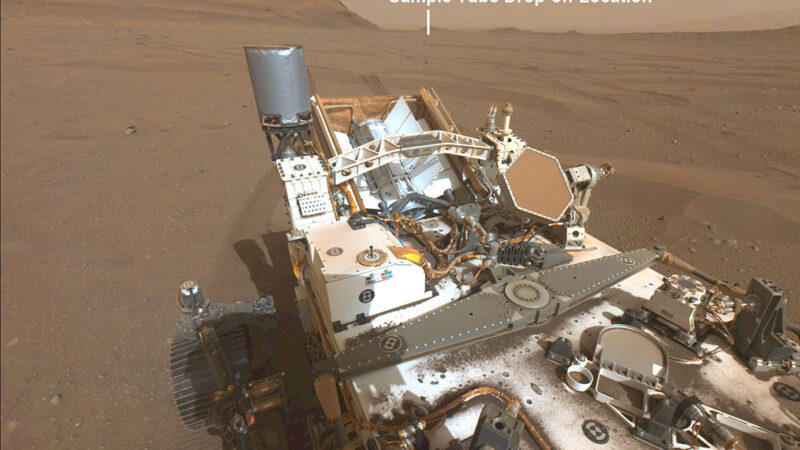

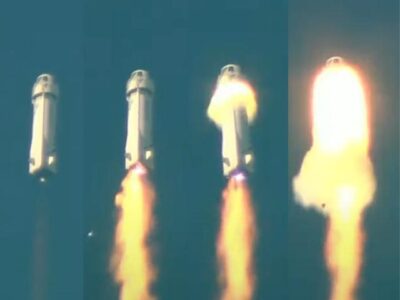
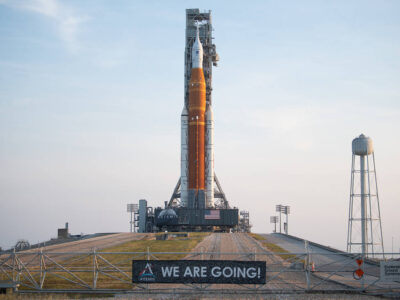
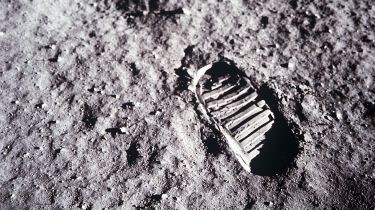



Astronauts’ life quality really has great influence on their performance.Hope this gonna help